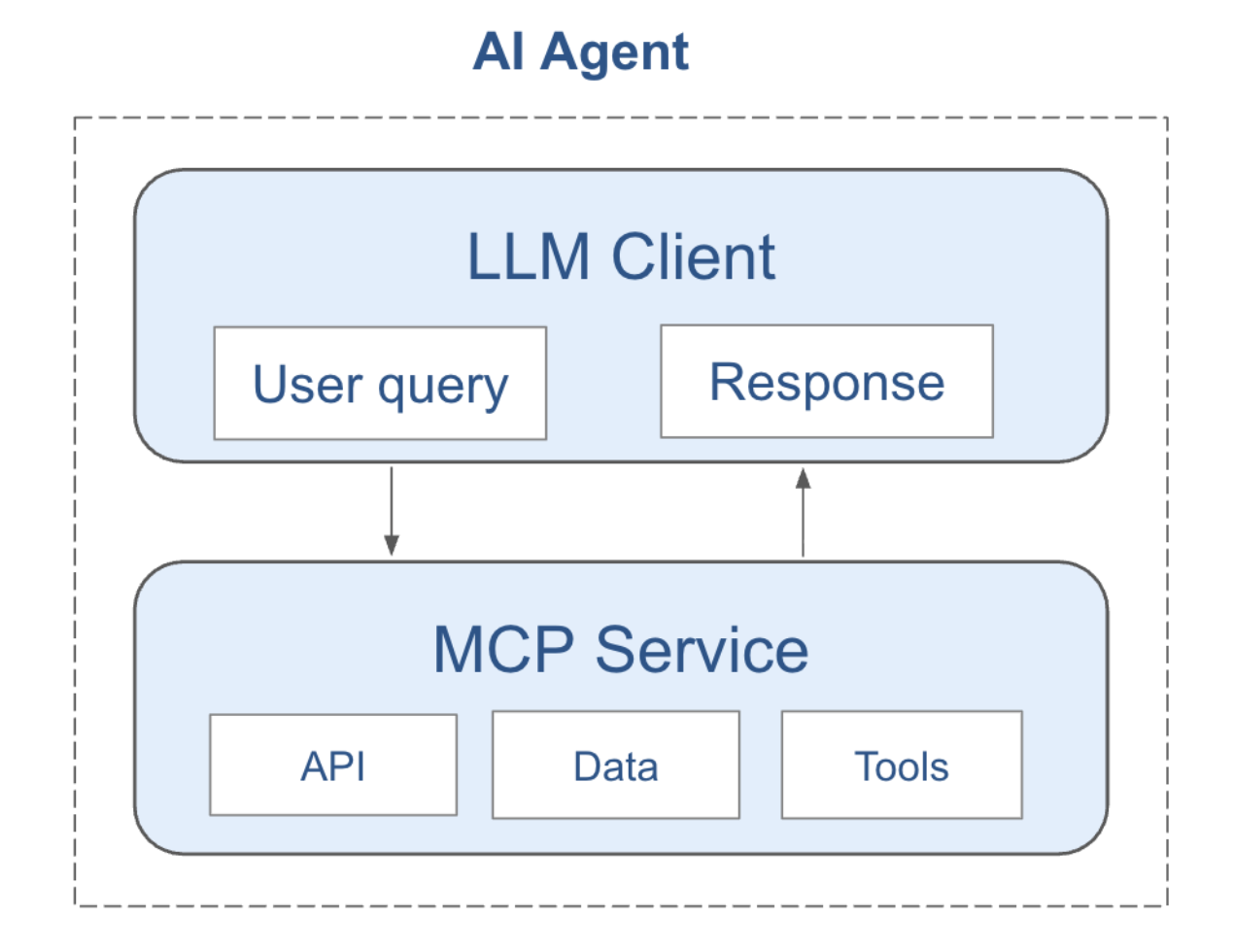
October 15, 2023
October 15, 2023
Wild Water Whiplash in China

In 2020 and again in 2021 China’s Yangtze River overflowed its banks, resulting in the loss of 400 lives and an untold number of homes destroyed. In 2022, China confronted the opposite problem: The Yangtze experienced a severe drought, which limited navigation while cutting hydropower production and crop yields. China was forced to issue its first national drought emergency as the country baked under a record-breaking heat wave.
This wild swing, from too much water to not enough water in only a year illustrates how volatile our hydrologic climate has become with our warming climate. The warmer atmosphere holds more water vapor, leading to stronger evaporation and more intense rainfall, and both more droughts and more floods. And it shows how important it is to have accurate seasonal and sub-seasonal forecasts that can predict these extremes.

Salient Insights into the Problem
The common explanation for many climate anomalies in the Western Pacific Region is the transition between El Niño and La Niña conditions — basically, warm water sloshing east and west on the Pacific equator. The transitions between the two extremes are known as the El Niño-Southern Oscillation (ENSO). For the last three years, however, La Niña conditions have prevailed, meaning La Niña can be discounted as a primary influence on the Yangtze River’s changing water volume.
Moreover, in our previous work (Zeng et al, 2018)1, we found almost no correlation between ENSO and summer rain in the Yangtze River Valley. That study found instead that the Sea Surface Salinity anomaly of the South China Sea in the springtime was a useful predictor of summer rain in the Yangtze River Valley. So we were curious to check to see if that predictor held true to form for these extreme years
Figure 1.a, 1.b, and 1.c show the Sea Surface Salinity anomaly (departure from normal seasonal salinity) for May 2020, 2021, and 2022 respectively. The strong reds of 2020 and 2021 represent a salinity anomaly of 1 part per thousand above normal. The strong blues of 2022 represent a salinity anomaly of 1 part per thousand below normal.

The results confirmed this. The May Sea Surface Salinity Anomalies in 2020 and 2021 were high, providing an indication of a coming wet summer. Consistent with our analysis, the low May Sea Surface Salinity Anomaly in 2022 provided a strong indication of a coming drought.
The bottom line? Salient is using such novel indicators of the variations in the water cycle to provide superior seasonal and sub-seasonal forecasts of our changing weather.2 And as the two types of devastation along the Yangtze River just a year apart starkly demonstrated, the stakes could not be higher.
-----
1 Zeng, L., Schmitt, R.W., Li, L., Wang, Q. and Wang, D., 2019. Forecast of summer precipitation in the Yangtze River Valley based on South China Sea springtime sea surface salinity. Climate Dynamics, 53(9), pp.5495-5509. https://link.springer.com/article/10.1007/s00382-019-04878-y
2 Salient's mission is to put scientific knowledge to work to help people and organizations better understand and prepare for the increasing volatility of climate change. Climate and weather forecasting is complex and dynamic. Blog content accurately represents how Salientʼs forecasting models combine research-based data insights into our machine learning algorithms. However, due to the inherent uncertainty in long range weather and climate forecasting, measuring performance over a longer time scale rather than specific events provides a much more representative and accurate view. In addition to calibrated probabilistic forecasts, Salient offers a suite of metrics to assess the forecasts' quality and benchmark Salient's skill against the best publicly available models. Additionally, Salient models are back-tested over an extended period of 20 to 30 years to verify performance. While no forecasting system can be 100% accurate, the present low salinity in the South China Sea and our Machine Learning models, suggest that the Yangtze River Valley will tend to be on the dry side this coming summer.
October 15, 2023
October 15, 2023
Wild Water Whiplash in China

In 2020 and again in 2021 China’s Yangtze River overflowed its banks, resulting in the loss of 400 lives and an untold number of homes destroyed. In 2022, China confronted the opposite problem: The Yangtze experienced a severe drought, which limited navigation while cutting hydropower production and crop yields. China was forced to issue its first national drought emergency as the country baked under a record-breaking heat wave.
This wild swing, from too much water to not enough water in only a year illustrates how volatile our hydrologic climate has become with our warming climate. The warmer atmosphere holds more water vapor, leading to stronger evaporation and more intense rainfall, and both more droughts and more floods. And it shows how important it is to have accurate seasonal and sub-seasonal forecasts that can predict these extremes.

Salient Insights into the Problem
The common explanation for many climate anomalies in the Western Pacific Region is the transition between El Niño and La Niña conditions — basically, warm water sloshing east and west on the Pacific equator. The transitions between the two extremes are known as the El Niño-Southern Oscillation (ENSO). For the last three years, however, La Niña conditions have prevailed, meaning La Niña can be discounted as a primary influence on the Yangtze River’s changing water volume.
Moreover, in our previous work (Zeng et al, 2018)1, we found almost no correlation between ENSO and summer rain in the Yangtze River Valley. That study found instead that the Sea Surface Salinity anomaly of the South China Sea in the springtime was a useful predictor of summer rain in the Yangtze River Valley. So we were curious to check to see if that predictor held true to form for these extreme years
Figure 1.a, 1.b, and 1.c show the Sea Surface Salinity anomaly (departure from normal seasonal salinity) for May 2020, 2021, and 2022 respectively. The strong reds of 2020 and 2021 represent a salinity anomaly of 1 part per thousand above normal. The strong blues of 2022 represent a salinity anomaly of 1 part per thousand below normal.

The results confirmed this. The May Sea Surface Salinity Anomalies in 2020 and 2021 were high, providing an indication of a coming wet summer. Consistent with our analysis, the low May Sea Surface Salinity Anomaly in 2022 provided a strong indication of a coming drought.
The bottom line? Salient is using such novel indicators of the variations in the water cycle to provide superior seasonal and sub-seasonal forecasts of our changing weather.2 And as the two types of devastation along the Yangtze River just a year apart starkly demonstrated, the stakes could not be higher.
-----
1 Zeng, L., Schmitt, R.W., Li, L., Wang, Q. and Wang, D., 2019. Forecast of summer precipitation in the Yangtze River Valley based on South China Sea springtime sea surface salinity. Climate Dynamics, 53(9), pp.5495-5509. https://link.springer.com/article/10.1007/s00382-019-04878-y
2 Salient's mission is to put scientific knowledge to work to help people and organizations better understand and prepare for the increasing volatility of climate change. Climate and weather forecasting is complex and dynamic. Blog content accurately represents how Salientʼs forecasting models combine research-based data insights into our machine learning algorithms. However, due to the inherent uncertainty in long range weather and climate forecasting, measuring performance over a longer time scale rather than specific events provides a much more representative and accurate view. In addition to calibrated probabilistic forecasts, Salient offers a suite of metrics to assess the forecasts' quality and benchmark Salient's skill against the best publicly available models. Additionally, Salient models are back-tested over an extended period of 20 to 30 years to verify performance. While no forecasting system can be 100% accurate, the present low salinity in the South China Sea and our Machine Learning models, suggest that the Yangtze River Valley will tend to be on the dry side this coming summer.
About Salient
Salient combines ocean and land-surface data with machine learning and climate expertise to deliver accurate and reliable subseasonal-to-seasonal weather forecasts and industry insights—two to 52 weeks in advance. Bringing together leading experts in physical oceanography, climatology and the global water cycle, machine learning, and AI, Salient helps enterprise clients improve resiliency, increase preparedness, and make better decisions in the face of a rapidly changing climate. Learn more at www.salientpredictions.com and follow on LinkedIn and X.



